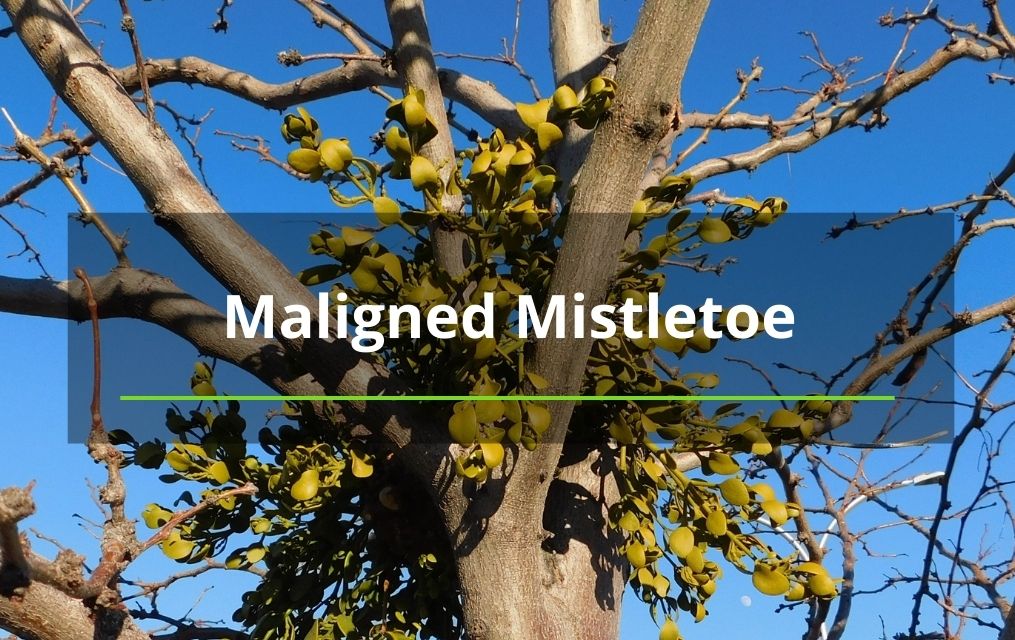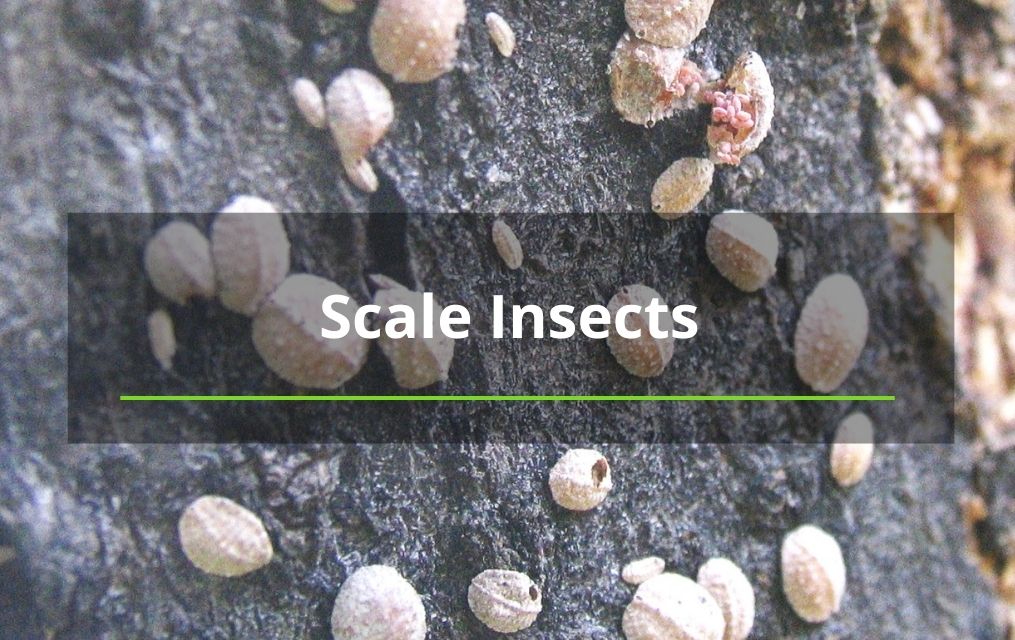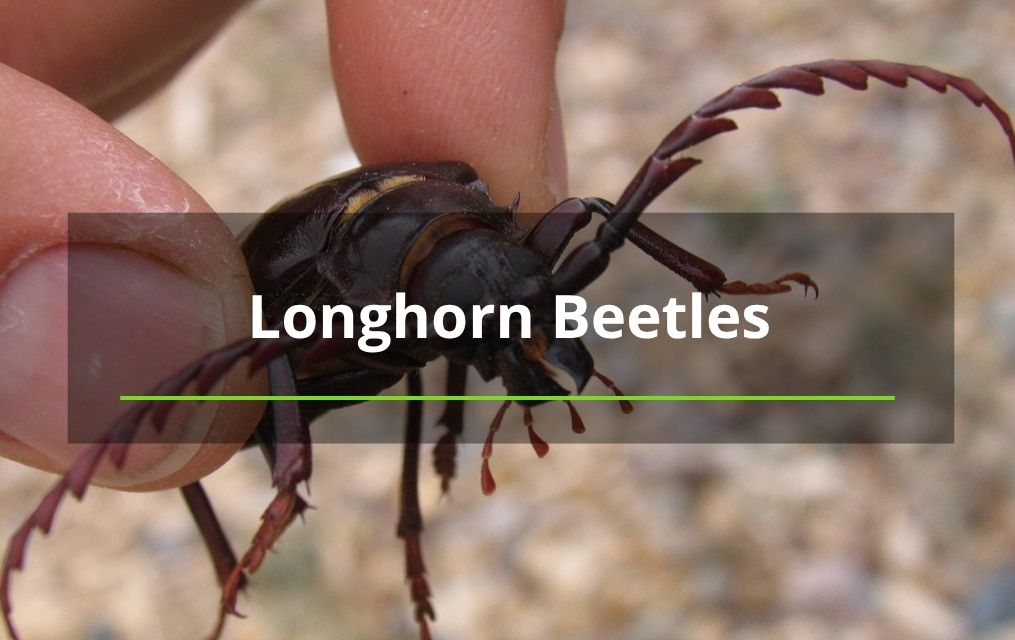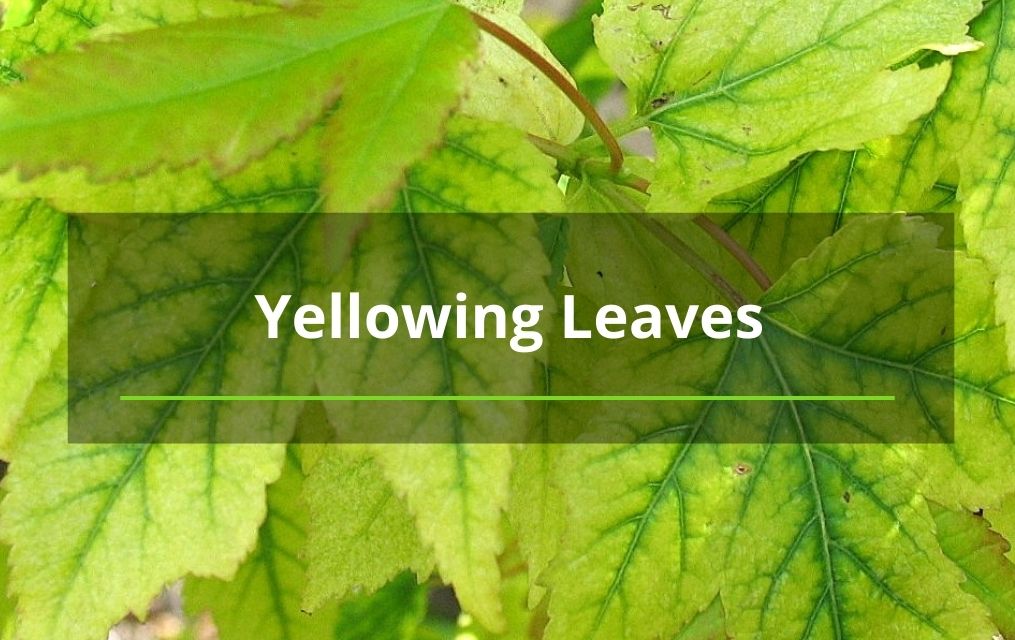Blogs
Bug Of The Month: Bagworms
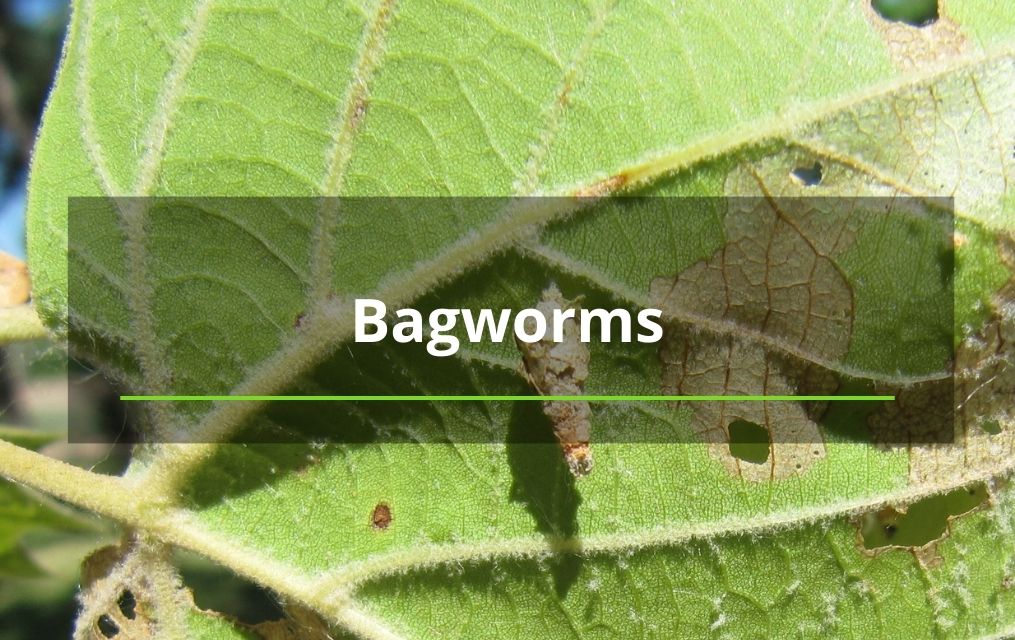
Bug of The Month: Bagworms
Every year as May unfolds, so do many tree pests. Very visible among these are bagworms, an unusual moth species that can partially or mostly defoliate a variety of landscape trees. While they have many potential hosts, some locally common ones include sycamore, elm, juniper, apple, oak, honeylocust and hackberry.
Bagworm caterpillars live inside a silk-and-debris back they make. They only come partially out to feed, retreating into the very tough sack for protection. As they start feeding on the leaves, those develop a lacy, then tattered look, as more and more leaf tissue is eaten. Once they have reached the end of the larval phase, things get weird. The males pupate into winged moths, just as we would expect to see. The females become mature while still looking like a caterpillar and living in their silk sack. After mating in the fall, the females lay eggs in their bag, their own body giving way to the next generation. Those eggs hatch in spring, usually May, and the cycle begins again.
Healthy trees can take some defoliation but may look rough. Stressed trees may really be damaged, especially as infestations often last a few years. If control is needed, there are a couple of bio-rational sprays that can kill caterpillars and leave most other critters unharmed. There are also some systemic insecticides that can be effective, but these should only be used on wind-pollinated plants. This avoids poisoning the pollen that bees and other pollinators depend on.
Click here to find out more about our Albuquerque tree removal services



